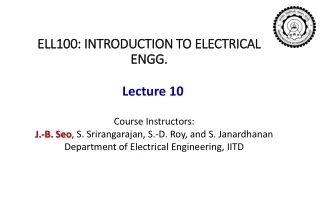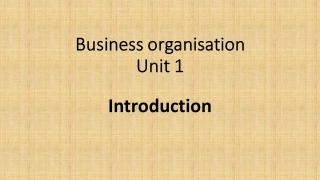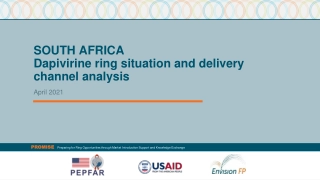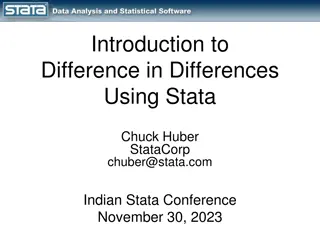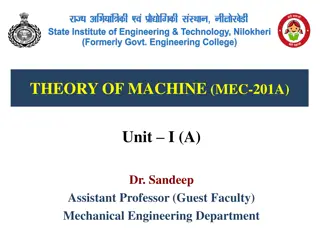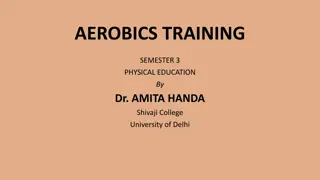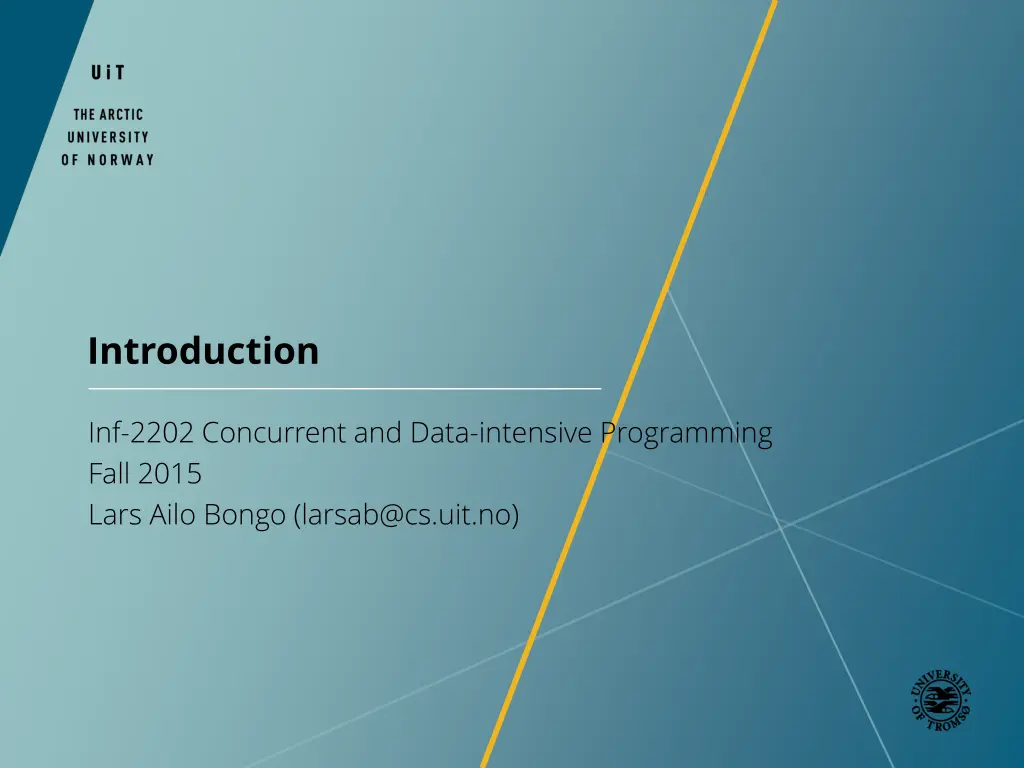
Concurrent and Data-Intensive Programming Fall 2015 Overview
Explore the world of concurrent and data-intensive programming in the Fall of 2015 with Lars Ailo Bongo. Discover motivation, core concepts, teaching staff, and course content in this engaging academic program.
Download Presentation

Please find below an Image/Link to download the presentation.
The content on the website is provided AS IS for your information and personal use only. It may not be sold, licensed, or shared on other websites without obtaining consent from the author. If you encounter any issues during the download, it is possible that the publisher has removed the file from their server.
You are allowed to download the files provided on this website for personal or commercial use, subject to the condition that they are used lawfully. All files are the property of their respective owners.
The content on the website is provided AS IS for your information and personal use only. It may not be sold, licensed, or shared on other websites without obtaining consent from the author.
E N D
Presentation Transcript
Introduction Inf-2202 Concurrent and Data-intensive Programming Fall 2015 Lars Ailo Bongo (larsab@cs.uit.no)
Outline Why? What? How?
Motivation The core is the logic gate of the 21stcentury Anant Agarwal, MIT The number of cores will double every 18thmonth Figure from a lecture by Bruce Shriver, Feb 2012, UiT
Motivation - summary Application pull Supercomputing Data-intensive computing Games Robotics Technology push How to utilize 1000 s of cores?
Teaching staff Associate Prof. Lars Ailo Bongo PhD student Ibrahim Umar
Information sources and contact info Web page: http://www.cs.uit.no/kursinfo/inf2202 Mailing list: inf-2202-f15@list.uit.no Github organization: https://github.com/uit-inf-2202 We will not use Fronter
TODO list 1: Make sure you are subscribed to the mailing list We plan to use the Fronter email addresses Create github account
Course content 3 main topics: Concurrent programming Data-intensive computing Performance evaluation Not included: In-depth study of systems and approaches GPU/ accelerator programming Concurrency theory No textbook
Lecture plan Lecture Date Subject Lecturer L1 Fri 14.08 Introduction Lars Ailo L2 Thu 20.08 Threads and synchronization primitives Lars Ailo L3 Thu 27.08 Guest lecture: Go Giacomo Tartari L4 Thu 03.09 Parallel architectures Lars Ailo L5 Thu 10.09 Parallel programs Lars Ailo L6 Tue 15.09 Programming for performance Lars Ailo L7 Thu 24.09 Performance evaluation Lars Ailo L8 Thu 01.10 Parallel program performance evaluation Lars Ailo L9 Thu 08.10 Guest lecture: Scala Inge Alexander Raknes L10 Thu 15.10 Data-intensive computing Lars Ailo L11 Thu 22.10 Spark Lars Ailo L12 Thu 29.10 Data analytics Lars Ailo L13 Thu 05.11 Event based programming or guest lecture Lars Ailo L14 Thu 12.11 Summary Lars Ailo Thu 19.11 Backup slot Thu 26.11 Exam
Lectures and colloquium Lectures: Thursdays 14:15-16:00 Colloquium/ lab: Tuesdays 14:15-16:00
Mandatory assignments 1. B-tree 2. Deduplication Compression system Go 100s of GB of data 3. Data intensive computing Amazon AWS/ EC2 Spark Scala or Python TBs of data Concurrent data structure C or Python
Exercises Note! This is a programming course. You need to spend a significant amount of time designing, implementing, testing, and evaluating programs. Note! Concurrent and data-intensive programming is easy if: It is a simple problem There is a library for it You do not care about performance/ scalability You do not care about correctness Someone tells you how to do it
TODO list 2 Read: Modern operating systems, 3ed, Andrew S. Tanenbaum. Prentice Hall. 2007. Chapters: 2.2, 2.3, 2.5, 10.3, 11.4 Alternative to MOS: another operating systems textbook: the chapters about threading, IPC mechanisms, and classical IPC problems. Do: a) Compare the overhead of forking a process vs. creating a Pthread b) Compare the overhead of forking a process vs. creating a Python thread c) Implement a solution the following classical IPC problems using pthreads/Python threads and semaphores/condition variables. Note that you also need to generate a use case, test data, and useful output: a) Producer/ consumer b) Reader/ writer c) Sleeping barber d) Dining philosophers d) Modify the code in c) to use message passing.

